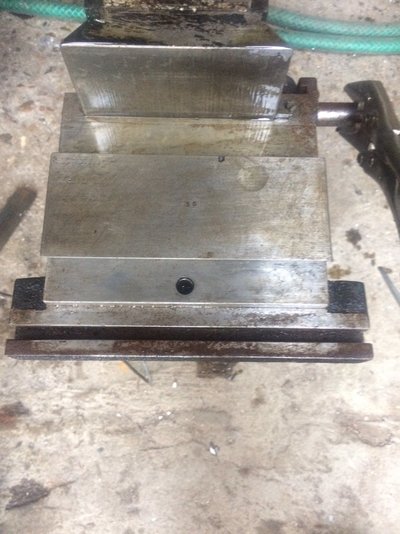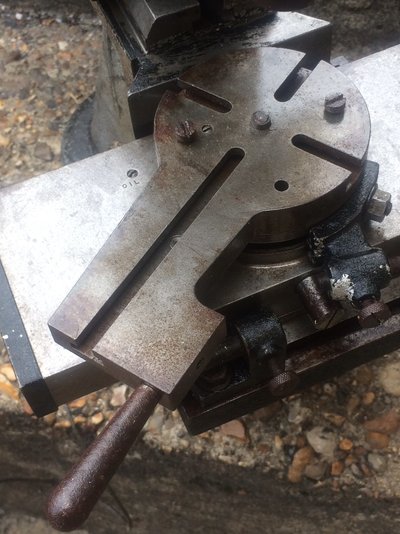zx9
Forum Supporter
- Messages
- 5,185
- Location
- South East London
Oh I don't doubt it for a moment, it certainly deserves a fair bit of thought before ripping it apart. I dread to think what spares would cost if they are even still available. Sometimes all too easy to value a thing based on what it has cost.
I remember when I bought an old George mill off a chap and he showed me a watchmakers lathe in a box. Now I may be a bit off here but I swear he said it was worth +£1000's. It was a Schaublin/Lorch/Boley <whatever> and it was a beautiful little jewel of a machine.
Part of me wants to suggest such a task is best left to a professional but I am sure zx9 is as capable as anyone. My guess is the bearing set (bushings??) will be the £££ item to ruin. Seriously better not give it a quick spin to see if it's free
Not until the machine has been cleaned up. Needs a careful thoughtfully managed approach imho and well worth taking time over.
It is missing among other parts the base plate or stand, I know that because it has the counterweight mechanism for the knee in the lower part complete with wire rope but no counterweight or any where for said counterweight to fall.









